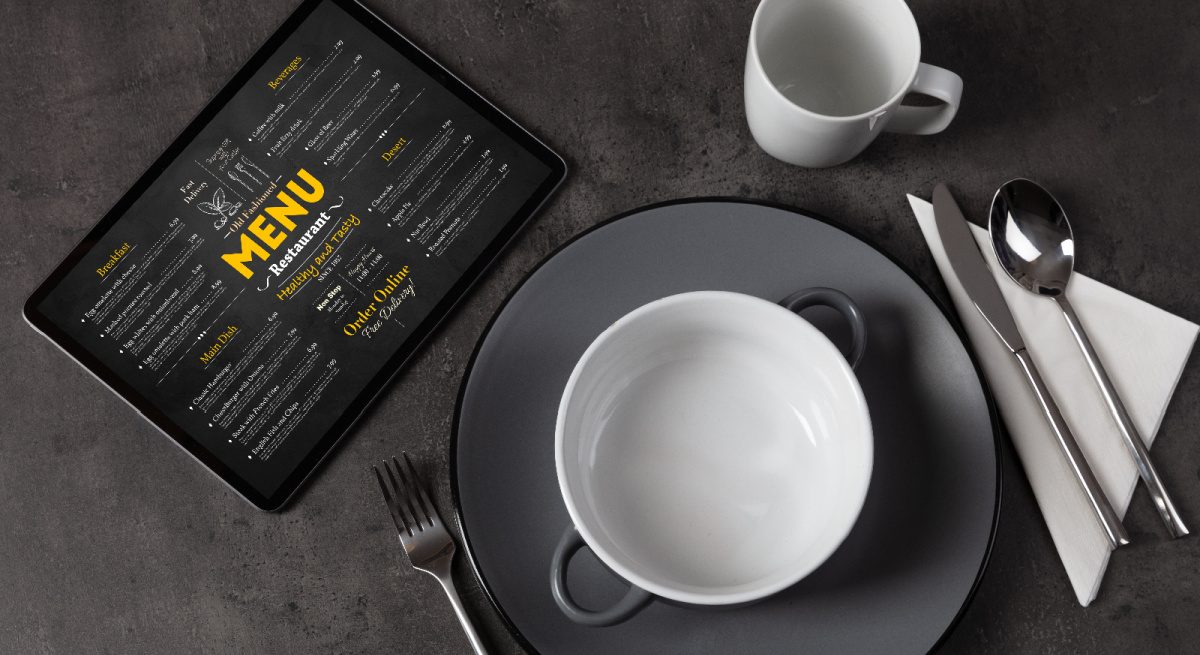New Research Reveals Profit Opportunities in Your Online Menu
3 Min Read By Jana Zschieschang
Even before the recent COVID surges, new vaccine mandates and other restrictions, the analysts at Revenue Management Solutions advised their restaurant clients that online ordering was here to stay.
Their opinions were based on quarterly consumer surveys, conducted since April 2020, that suggest while consumers are eager to get back to restaurants, they will continue to rely on dine-out options, primarily takeout. In fact, in a May 2021 survey of 800 U.S. respondents, 67 percent of frequent diners considered takeout crucial to the future of dining.
So how can restaurant operators increase the profitability of online menus?
So how can restaurant operators increase the profitability of online menus?
To answer the question, RMS conducted online ordering behavior research, the first of its kind, in conjunction with the University of South Florida’s Center for Marketing and Sales Innovation (CMSI) and using TGI Fridays’ online menu.
“As consumers decide to stick to…
Sorry, You've Reached Your Article Limit.
Register for free with our site to get unlimited articles.
Already registered? Sign in!


